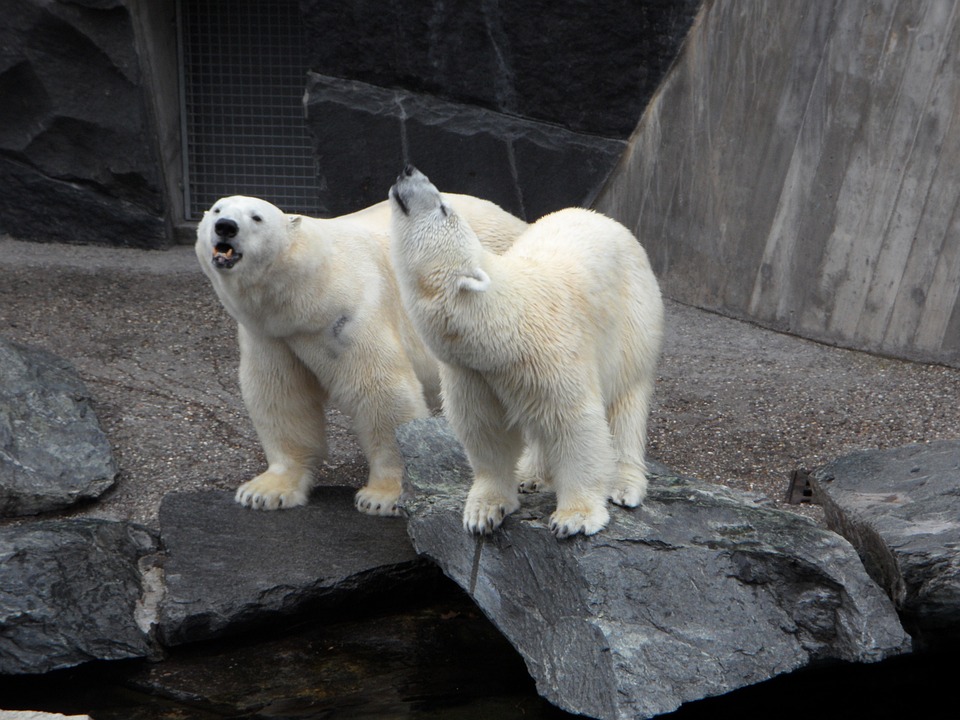Rising Temperatures
Global warming is causing temperatures to rise across the United States. This can lead to more frequent and intense heatwaves, which can have serious health impacts on vulnerable populations, such as the elderly and children.
Extreme Weather Events
Global warming is also contributing to an increase in extreme weather events, such as hurricanes, wildfires, and droughts. These events can cause widespread damage to infrastructure, homes, and businesses, leading to costly recovery efforts.
Sea Level Rise
Sea levels are rising due to global warming, which is putting coastal communities in the United States at risk of flooding and erosion. This can lead to the loss of homes, businesses, and critical infrastructure, as well as threaten important ecosystems and wildlife habitats.
Impact on Agriculture
Global warming is affecting agriculture in the United States by changing growing seasons, increasing the prevalence of pests and diseases, and reducing crop yields. This can have serious economic impacts on farmers and food prices for consumers.
Health Impacts
Global warming is also impacting public health in the United States by exacerbating air pollution, spreading diseases carried by vectors like mosquitoes, and increasing the risk of heat-related illnesses. These health impacts can strain healthcare systems and lead to increased healthcare costs.
Conclusion
Overall, global warming is having a significant impact on the United States, affecting everything from temperatures and extreme weather events to sea levels and agriculture. It is important for individuals, communities, businesses, and governments to take action to mitigate the effects of global warming and work towards a more sustainable future.

Kyle Whyte is a notable scholar and professor at the University of Michigan, holding positions such as the George Willis Pack Professor in the School for Environment and Sustainability and Professor of Philosophy. Specializing in environmental justice, his work critically examines climate policy and Indigenous peoples’ ethics, emphasizing the nexus between cooperative scientific endeavors and Indigenous justice. As an enrolled Citizen Potawatomi Nation member, he brings a vital perspective to his roles as a U.S. Science Envoy and member of the White House Environmental Justice Advisory Council. His influential research is supported by various prestigious organizations including the National Science Foundation, and disseminated through publications in high-impact journals. Kyle actively contributes to global Indigenous research methodologies and education, with affiliations to numerous institutes and societies dedicated to traditional knowledge and sustainability. Recognized for his academic and community engagement, Kyle has earned multiple awards and served in various visiting professorships. His efforts extend to leadership positions on boards and committees focused on environmental justice nationwide.
